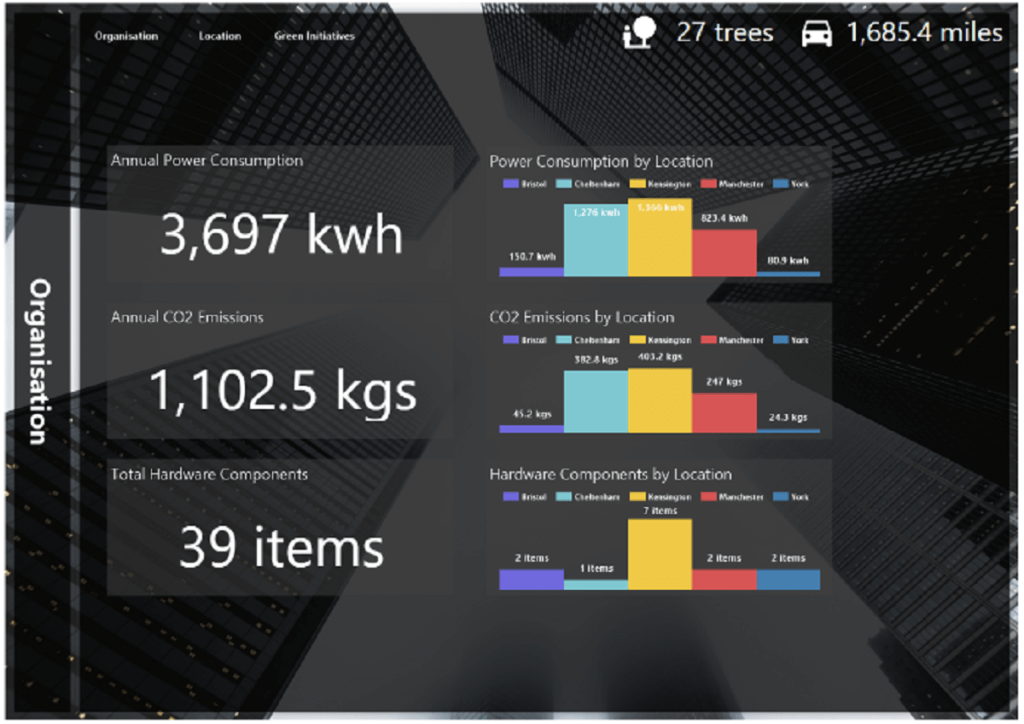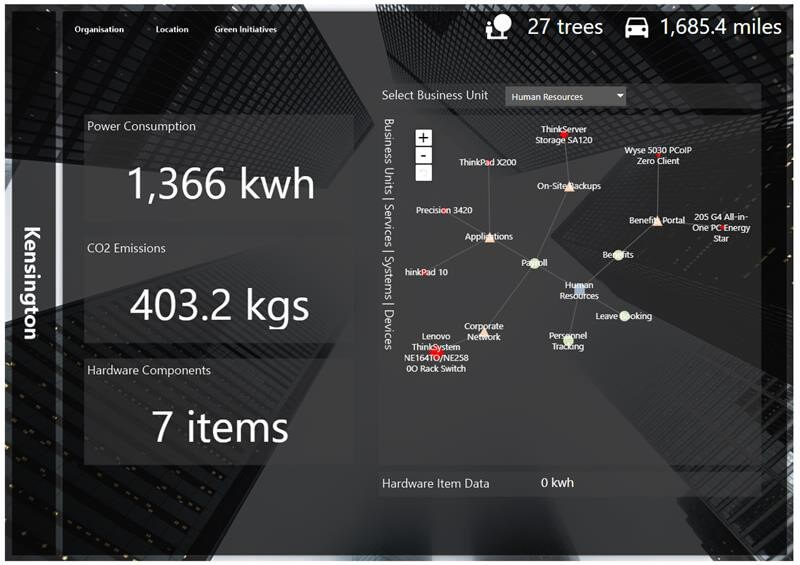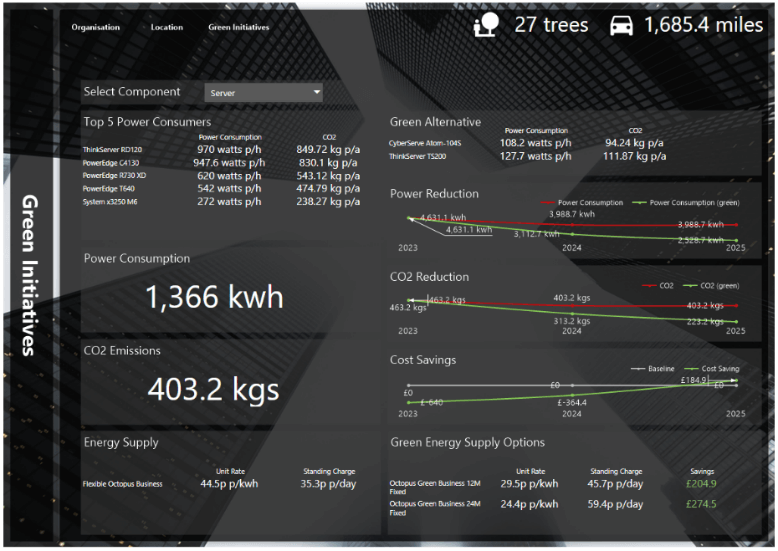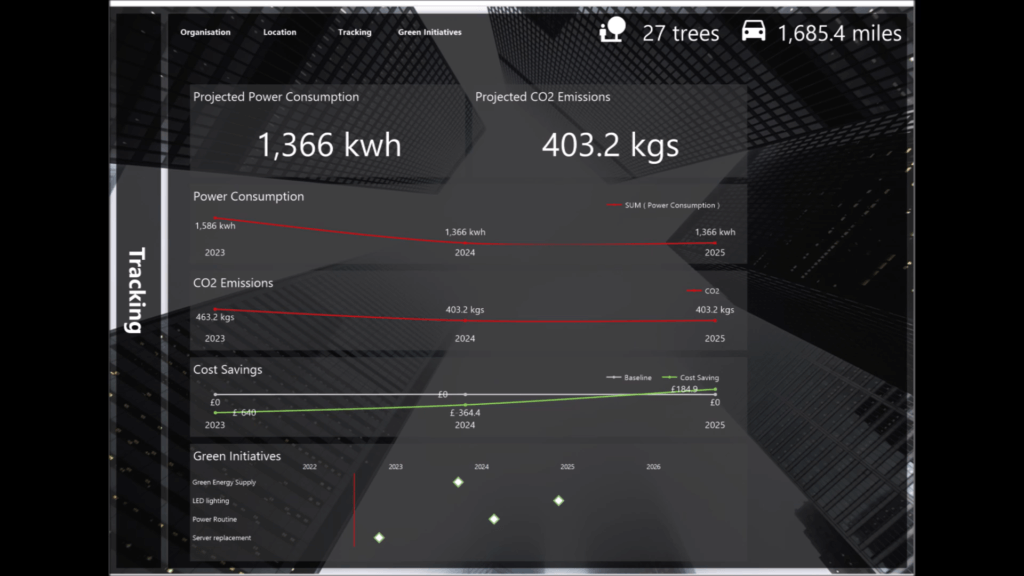BACKGROUND
RAF Digital supports the Royal Air Force Air Command through the provision of operational and capability analysis. The scope of this support encompasses air missions, people, goods, reconnaissance, surveillance, air transport, refuelling and air interdiction.
In such a complex organisation that is at the heart of British Defence, some decisions made can be of national criticality. The RAF must be confident that all relevant information is available without delay to decision makers, at any location, at any time.
This intelligence is also vital in planning change. For instance, if an airframe is being considered for retirement, what impact will that have on other equipment and services, and what altered support arrangements will follow?
With this in mind, the RAF needed a Digital Twin to be able to view the connected operational landscape and make informed plans, reliably and efficiently. This is where CACI’s support came in.
THE CHALLENGE
- Defining these information services and understanding their complexities was the first challenge. Air HQ Commands a complex range of mission capabilities and activities, which are dependent upon information delivery across a large portfolio of information systems and services.
- Designing a solution that would ensure the data collected would be to the right level of detail. While all relevant intelligence was already in existence, it was in silos—geographically dispersed and in the heads of SMEs, on spreadsheets and other documents in differing formats. In many instances, the amount of detail presented a “wood for the trees” problem, and many sources were not easily understandable. A lack of any unifying information system meant that in a typical situation, decision makers would have to telephone SMEs and others in multiple locations to gather information and make significant efforts to assimilate that information into a usable format that could inform decision making.
- SMEs, along with most other personnel, move post every two years, meaning that expert knowledge is lost.
THE SOLUTION
At a top level, the requirement was to help RAF Digital drive mission-focused information system transformation across all Air domain Mission Vignettes.
Core to the requirement was to deliver knowledge of what equipment is in place, and where, so that operations such as air missions can successfully proceed. This requires a single view across 25 platforms, 4500 information services and 120 mission vignettes.
RAF Digital sought a service that could assemble data in consistent formats from multiple sources, relating to a variety of equipment and services. The solution needed to:
- Be interrogatable using many filters.
- Produce reports both in tabular and highly visual styles to aid understanding.
- Be consistent in presentation of data despite inconsistent input sources.
- Maintain up-to-date information through an ongoing managed service with CACI to continue to deploy our skilled business analysts.
This is where Air Inform came to be. It is a software tool that enables a user to see how the RAF is organised in terms of information flows, modelled in terms of aircraft and operational capabilities.
Critically, it enables RAF decision-makers to understand the data exchanges required to support a mission, including pre-flight, during flight and post-flight phases, and the systems required to support these exchanges. Hence, these decisionmakers can easily answer questions such as what systems are required to support a deployment and what operational capability a system underpins and, thus, identify vulnerabilities and redundancy and inform replacement programmes.
At the heart of Air Inform is a complex operational architecture. A workshop process was key to eliciting the information, understanding connections and establishing the optimum depth of detail. During this initial phase of joint application development, both CACI analysts, SMEs and other stakeholders created an effective working partnership.
Following the architecture’s development, CACI created a system for intelligence collection and analysis and overlaid it with visual models to present actionable intelligence from multiple perspectives to end users. Key features include scenario modelling and inter-dependency visualisations by mission as well as platform and information systems (Ground, Air & Space).
Security was also important: the system can be air-gapped, and a version classified as “secret” is available.
In terms of technical capabilities, Mood software was used as an object-oriented approach for the visualisation of components to create metamodels and define the relationships between features in a solution architecture.
THE RESULTS
Air Inform is now embedded within the organisation and is effectively supporting decision makers which not only saves time, but improves the quality and speed of their decisions. Several benefits have already been recognised, including:
- RAF Digital can now plan effectively for replacement of airframes.
- Interdependencies are now better understood, meaning that changes can be made without unexpected gaps in service provision that could affect the RAF’s ability to deliver its commitments.
- Financial management is now supported, helping to avoid over, or premature, spend.
- Intelligence is no longer bleeding out as people move on, thus maintaining the integrity of the knowledge base.
- New personnel can now quickly understand their working landscape.
- Security is now protected through more secure data transfers.
- Data architecture now identifies inefficiencies and drives improvements.
If Air Inform was removed, more personnel would have to be deployed back to managing and analysing data, with a less accurate and speedy outcome. Flt Lt Connor Maguire MEng RAF, elaborated on the vital role that CACI’s support has played in achieving their goals.
CACI’s support has been pivotal to capturing and modelling our Enterprise Architecture, in a format that aligns to our operations.
In line with our strategic aim to continually improve efficiency and effectiveness of our investments, this architectural modelling of complex mission capabilities improves understanding which enables more effective future Air Capability planning.
- Flt Lt Connor Maguire, Master of Engineering (MEng), Royal Air Force
THE FUTURE
The architecture-based structure of the solution means that going forward, extensions to functionality can be identified and planned for with confidence. Several opportunities are now under consideration, including the ability to view and act upon equipment obsolescence or end of life data.







